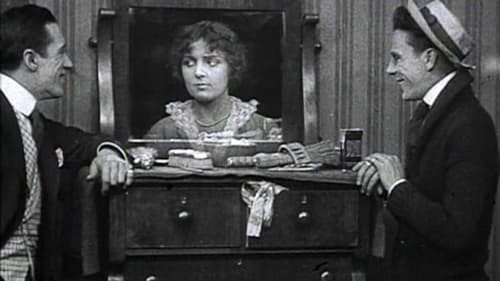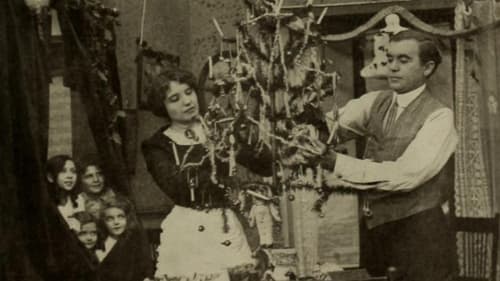
What Goes Up.... (2003)
Género : Documental
Tiempo de ejecución : 5M
Director : Robert Breer
Sinopsis
Robert Breer’s What Goes Up... continues his “kitchen sink” approach of including as many different kinds of things as possible. Central to his art are a series of tensions. Rather than using animation to produce seamless illusions, his films reveal cinema’s dual nature as both an illusion of movement and a succession of stills. The ultimate effect of his work is ecstatic: by combining various rhythmic patterns, abstract and photographed shapes, and flatness mixed with depth illusions, Breer energizes ordinary eyesight. The whole world can seem more alive, alive with rhythms and colors and shapes and textures as well, after seeing one of his films. But Breer’s films also often have a theme of failure, of failed movements and failed aspirations, and the title What Goes Up..., in referencing the idiom “What goes up must come down”, refers to his childhood dreams of flying (illustrated here as in many of his films with airplanes) as well as to the limpness that follows orgasm for males.

In Capitalism: Slavery, Jacobs uses a Victorian stereograph (a double-photograph) of slaves picking cotton under the watchful eye of a white overseer as the source for this wrenching silent work. Through digital manipulation, Jacobs creates a haunting illusion of depth and movement. It is as if he has "entered" the image and reactivated this historical moment; he moves among the figures and isolates individuals, creating a stuttering, pulsing effect that suggests motion even as it animates stasis.

God sends a note to his supporters below, and they obey his every command.

A short clip of street life in the French village Chamonix.

"Touches on elemental images; air, water, (and snow), earth and fire (and smoke) all come into it." - MT

This 1920s home movie, shot by longtime Corpus Christi resident Antonio Rodríguez Fuentes, may well represent some of the earliest produced by a Mexican-American filmmaker about the Mexican-American community in Texas. In the footage, Fuentes captures his five children-Ruben, Ophelia, Mercedes, Antonio, and Carmen-on Christmas Day 1928. The children surround the outdoor Christmas tree, playing with the gifts they received.

When a burglar dressed as Santa Claus steals a family's Christmas presents, amateur detective Octavius sets out to recover the loot.

A documentary on the miracle which took place in the Usturt Mountains which is now a holy shrine where people go to worship.

A persistent trumpeter tries to join a string quartet that doesn't want him.

The entire film is divided into four consecutive chosen approaches—the fourth
section devoted to a reiteration and extension of the original material.

Moon Breath Beat is a hand-drawn experimental 2D film that depicts a woman and her two cats and how external forces such as birds and the moon impact their lives.

Six people are grouped in front of a wall as if for a photograph. The entire ceremony is supervised by a seventh person, who, like a photographer, looks at the group from different angles and rearranges the group by hand-signals.

Chronophotograph record of a ball falling through a soap bubble.

En esta acusación implacable contra la guerra, las imágenes de miseria y angustia desfilan a través de la larga queja de "De profundis ", de Marcel Van Thienen. Al eliminar el sentimentalismo y las concesiones, Vilardebó ha convertido a 'Vivre' en el recuerdo más atroz, donde los gritos se amortiguan por el silencio aterrador de la imagen.

A desperate man and two romantic rivals encounter one another at a Christmas party.

Well-to-do Mr. and Mrs. Gilton live next door to a large family, the Biltons, that struggles to make ends meet. Despite their desire to be friendly, Mr. Gilton is frequently irritated by his neighbors, insisting that they stay out of his yard, and blaming them for anything that goes wrong. During the holiday season, the differences between the two families become even clearer. Mrs. Gilton wants to do something to help the Biltons, but Mr. Gilton will take a lot of convincing.

OPEN FIELD is in the mind, of course, and exists as a weave of trees, grasses, waters, and bodies poised and fleeting at childhood's end. The scene is lit as by sun and moon alike and haunted by the pursuant adult. - Stan Brakhage

This labor advocacy film is about diseases plaguing miners in Kansas, Missouri and Oklahoma. Sponsored by the Tri-State Survey Committee, "Men and Dust" is a stylistically innovative documentary and a valuable ecological record of landscapes radically transformed by extractive industry.

This, the third of the Sexual Meditation Series, might also be seen as a triangular portrait of Julia and P. Adams Sitney and Jane Brakhage.

(1985) An animated satire on the question of self image for African American women living in a society where beautiful hair is viewed as hair that blows in the wind and lets you be free. Lively tunes and witty narration accompany a quick-paced inventory of relaxers, gels and curlers. Such rituals are all-too familiar to African American women-and indeed to all women confronted with an unattainable ideal of beauty. This short film has become essential for discussions of racism, African American cinema and empowerment. Used by hundreds of groups as diverse as museums, churches, hospitals and hair stylists. (http://www.wmm.com/filmcatalog/pages/c297.shtml)

Dos niños esperan ver a Santa Claus el día 24 de diciembre, para poder hablar con él y preguntarle dónde vive y qué hace el resto del año...





